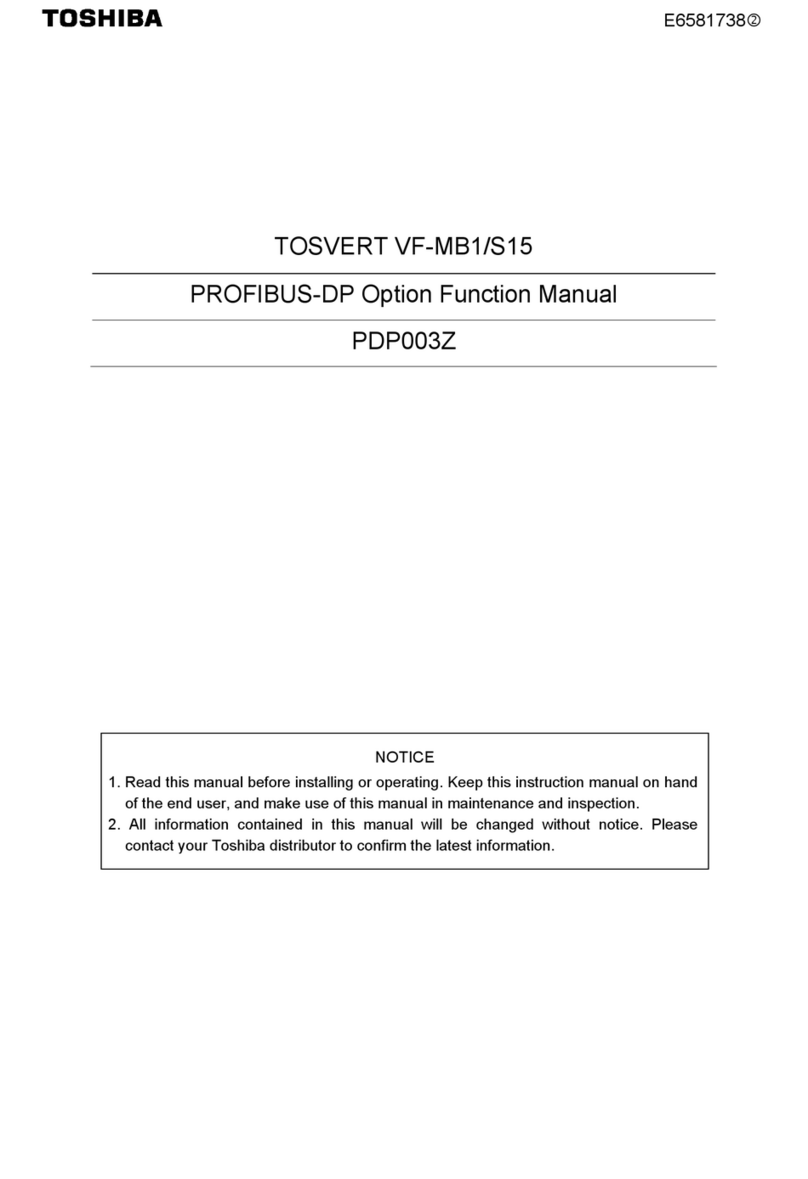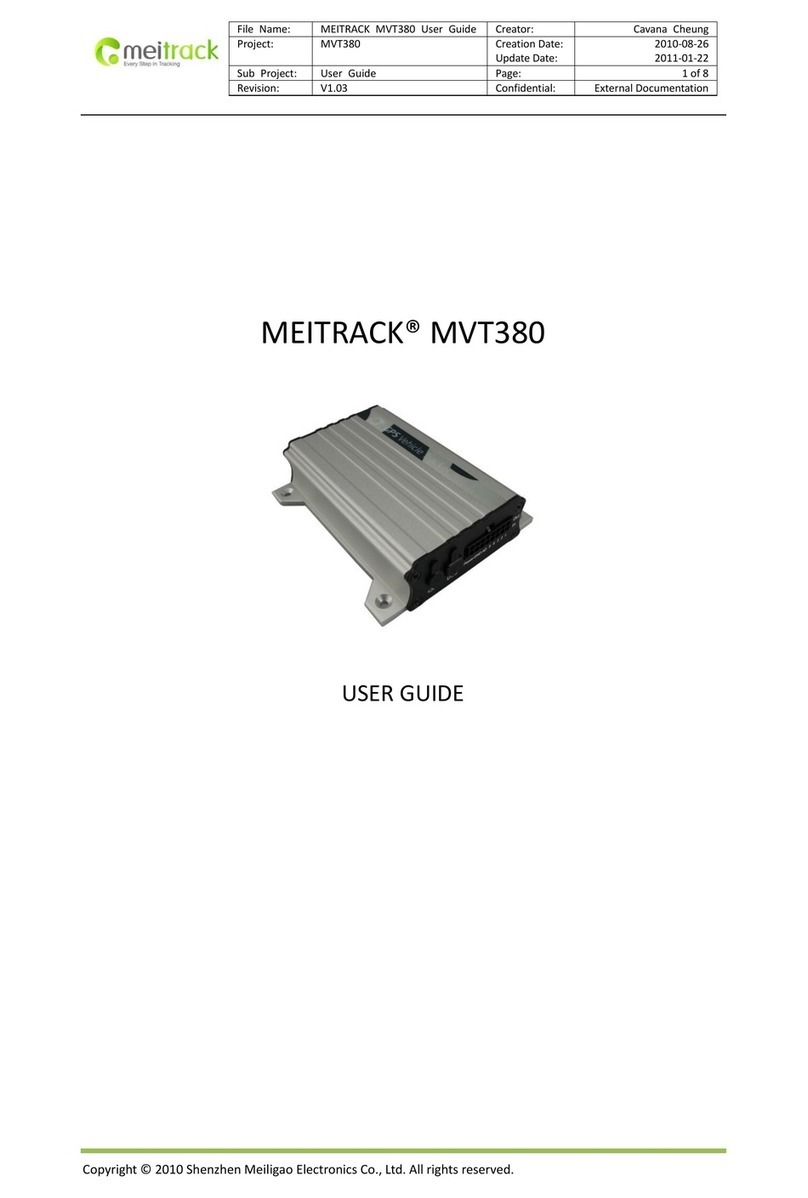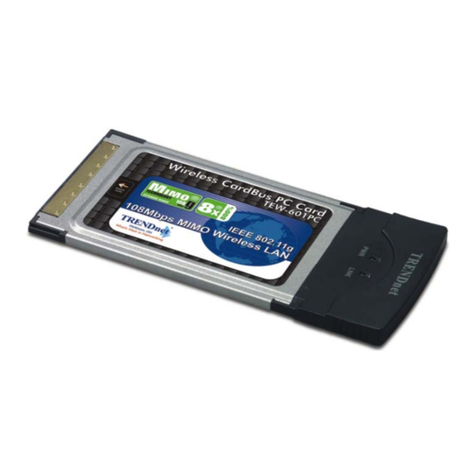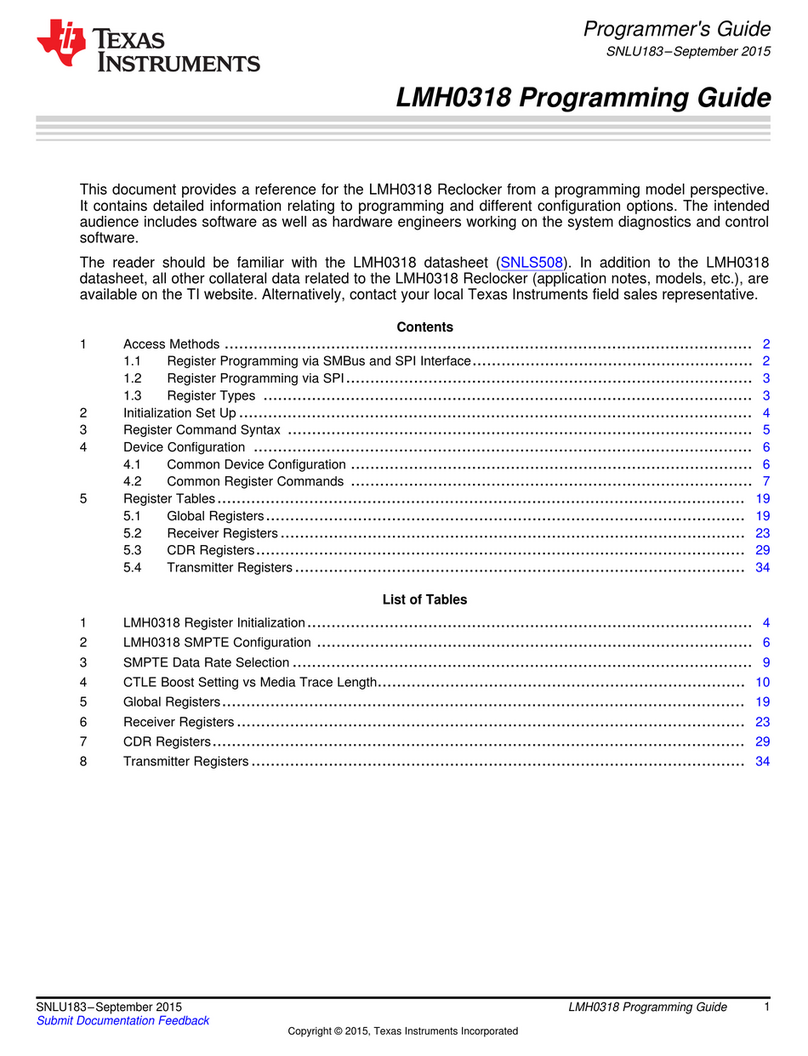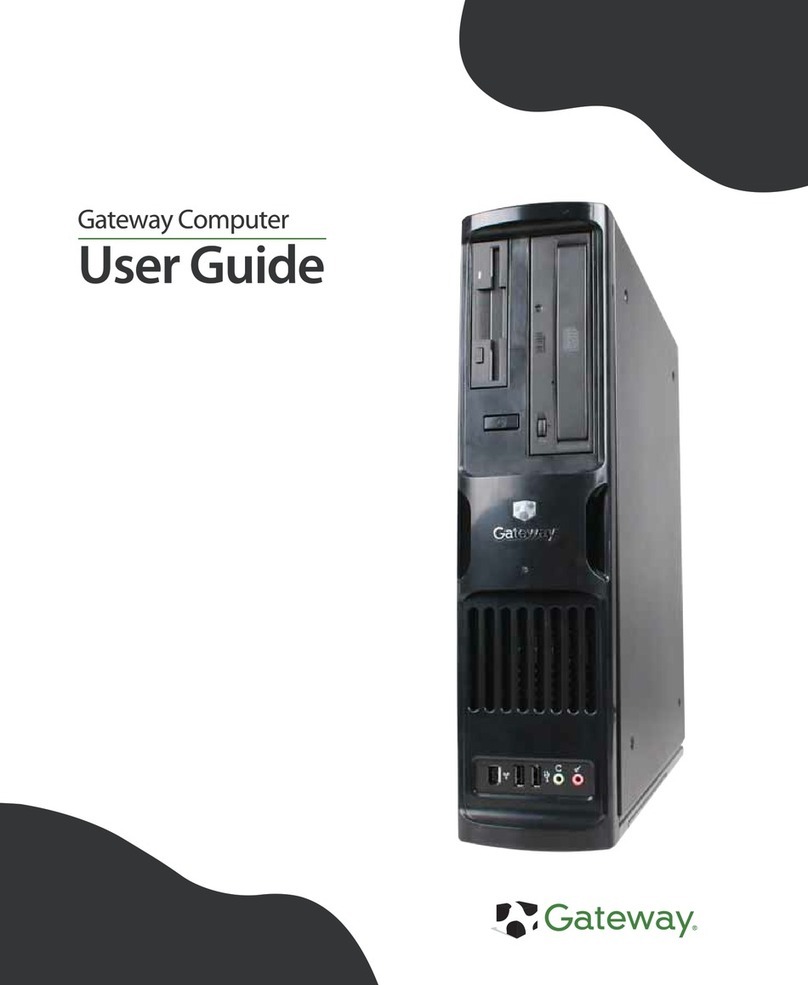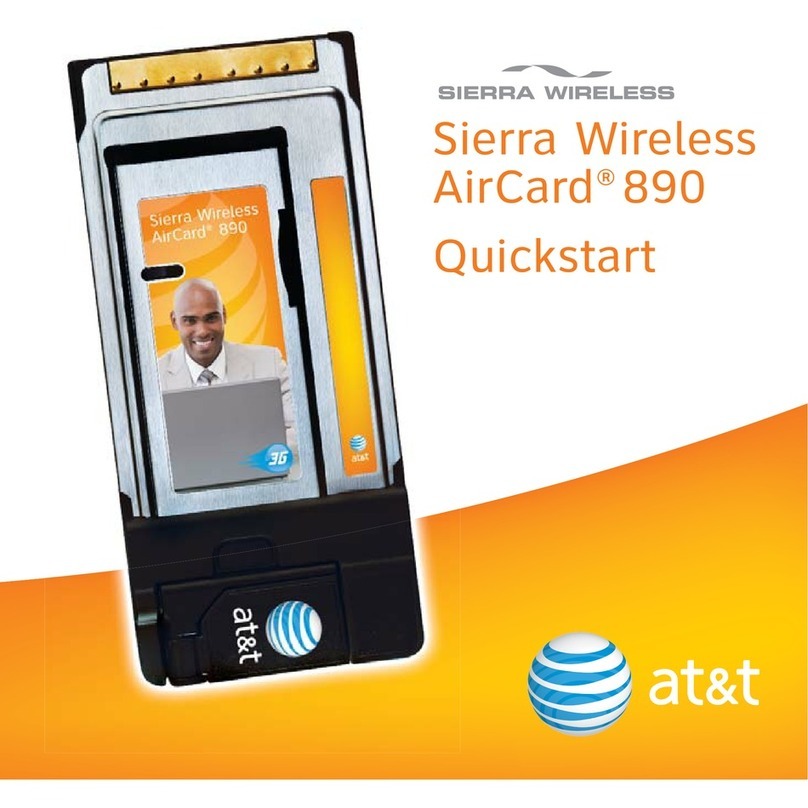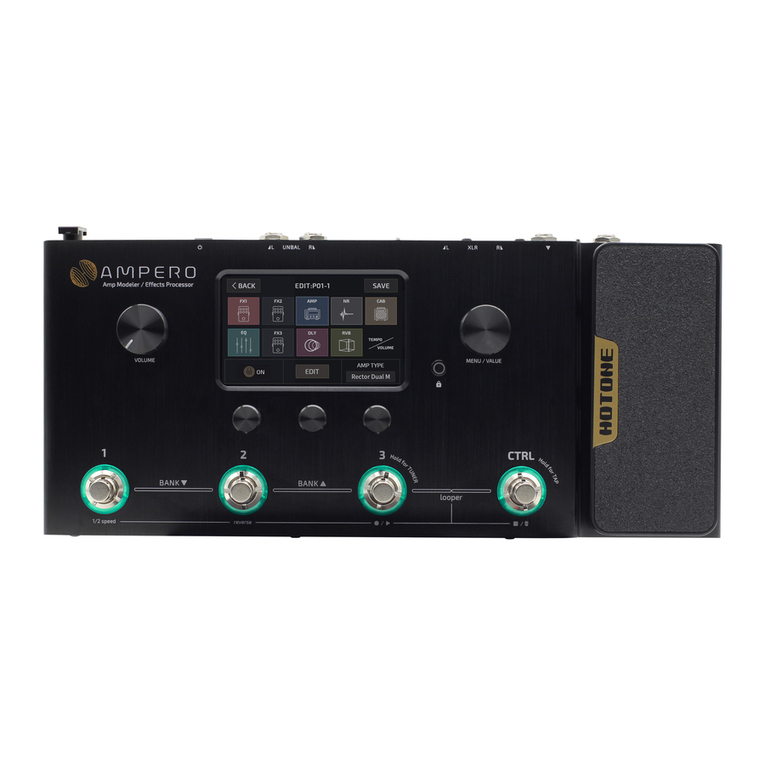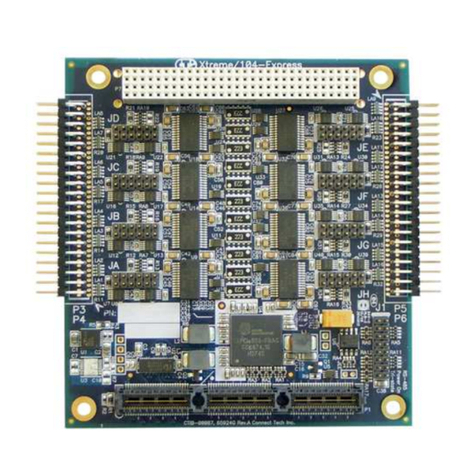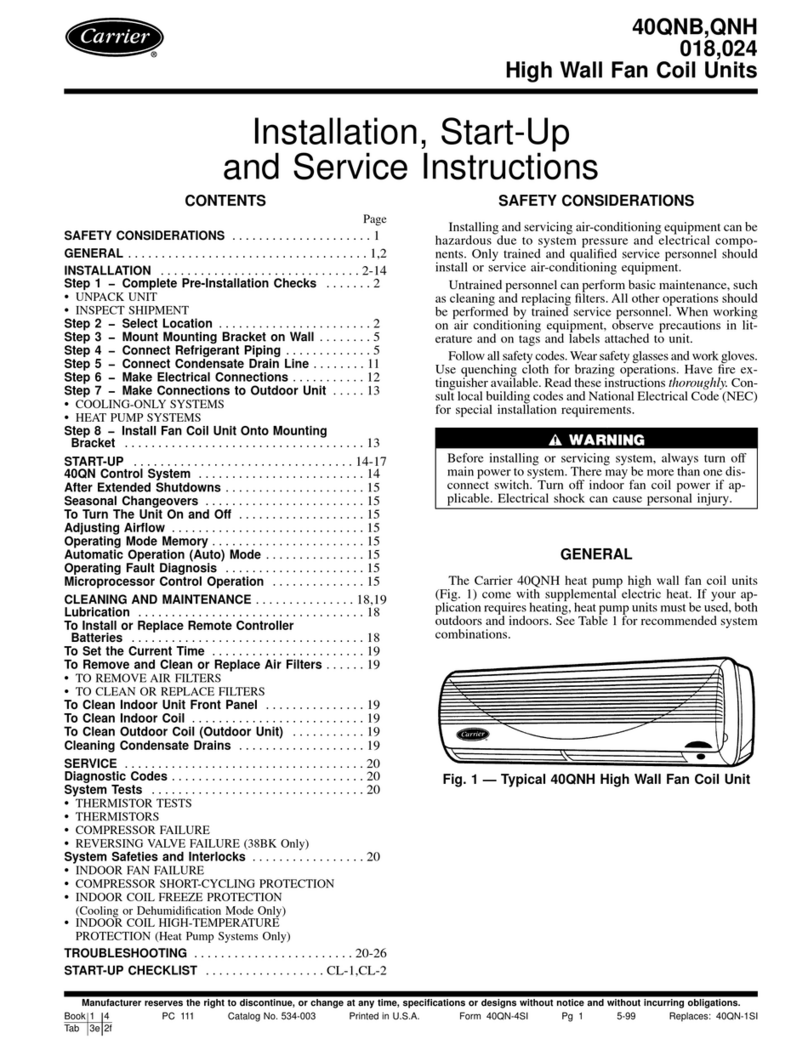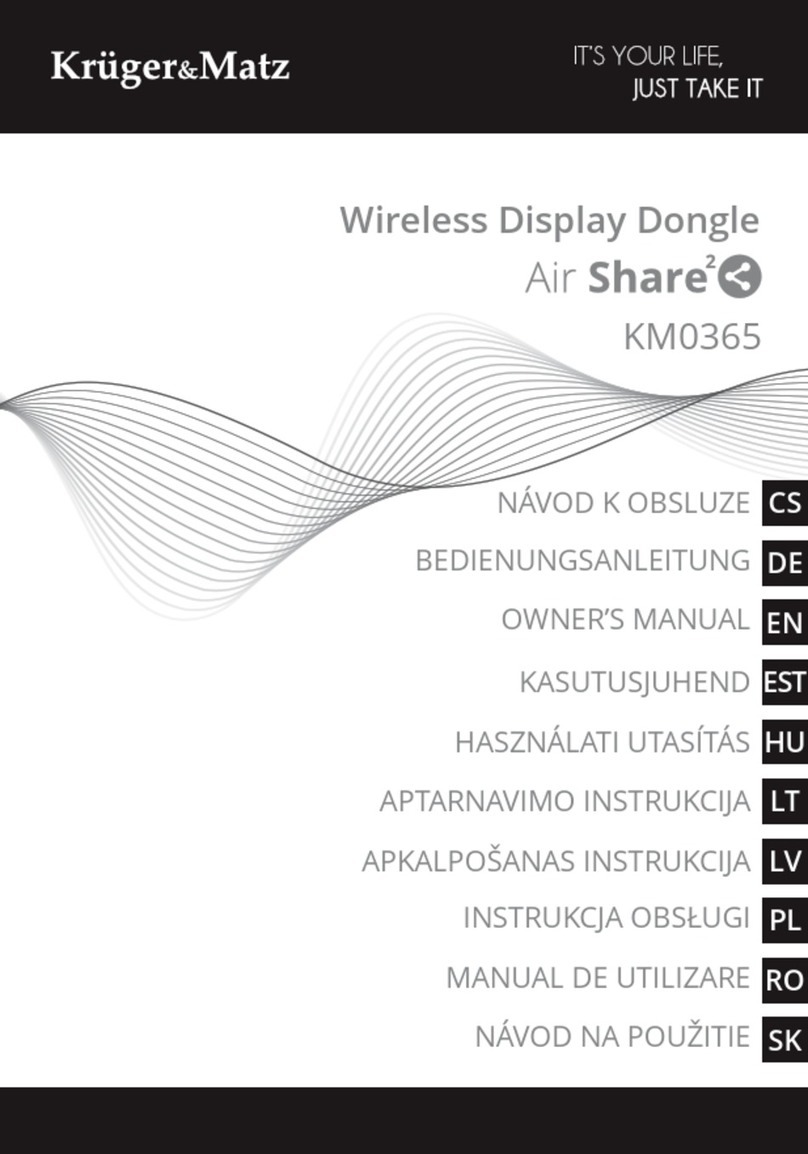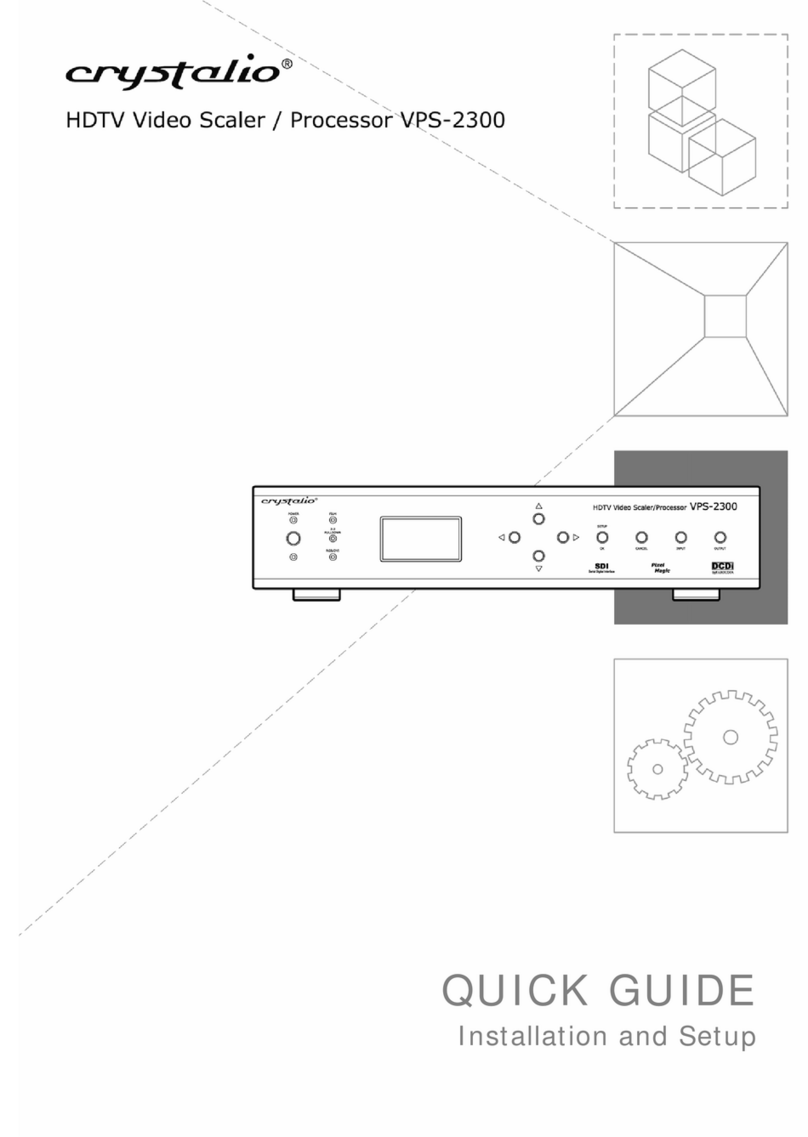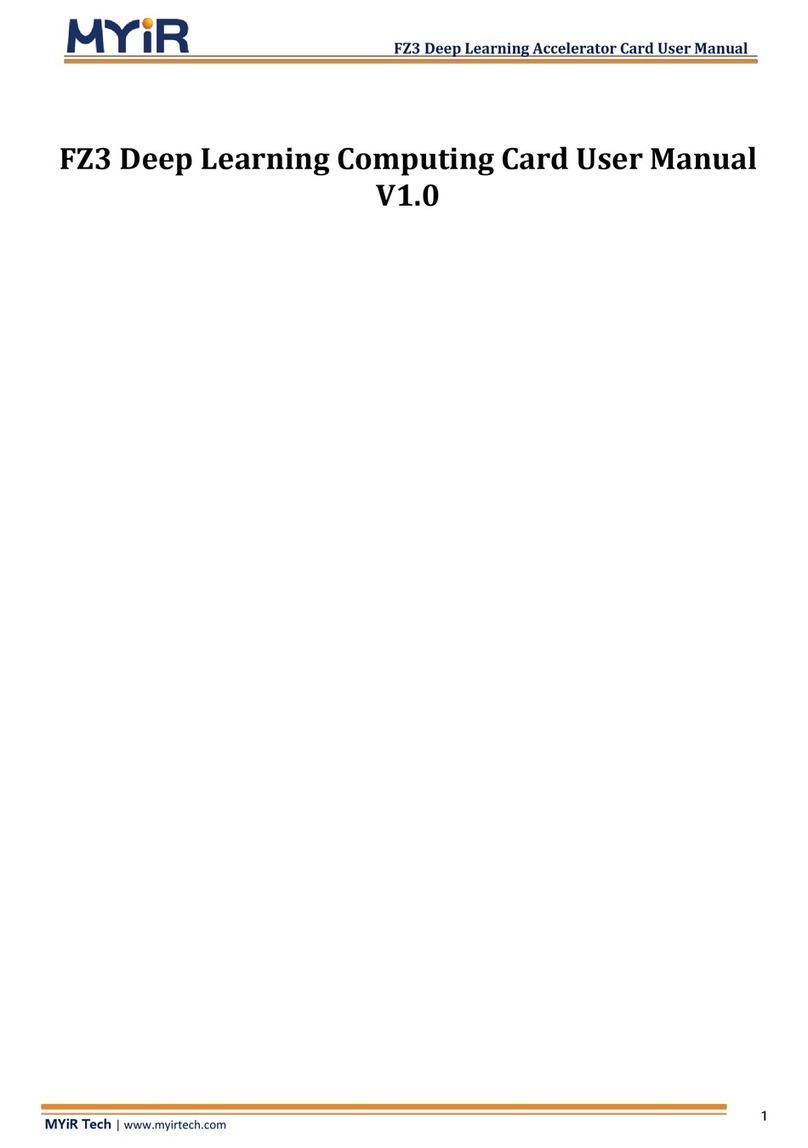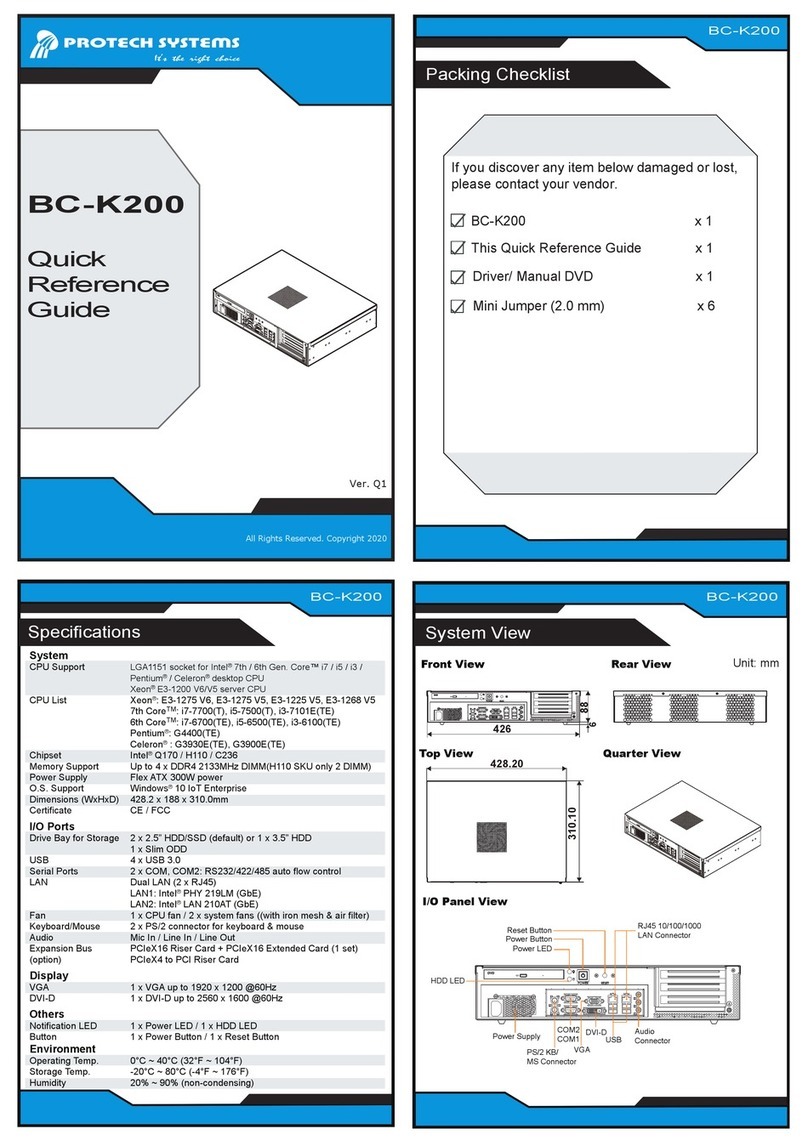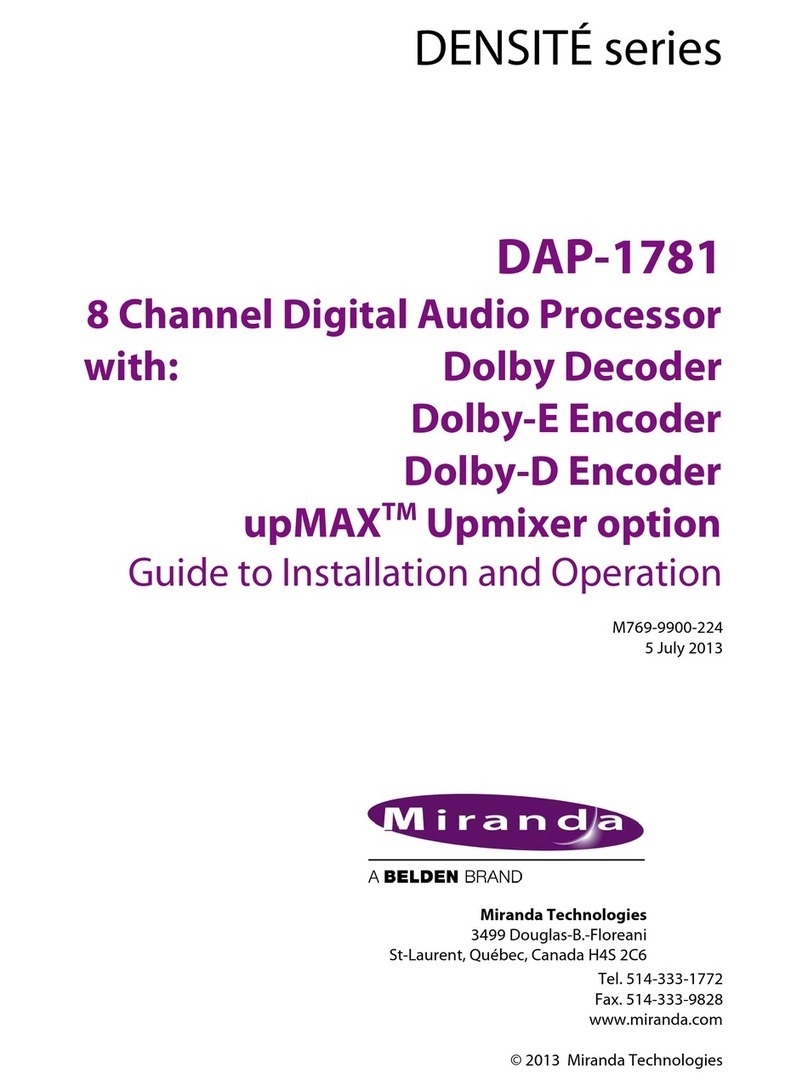
7
Routine Cleaning of Evaporator Coil Surfaces
Monthly cleaning with environmentally sound coil cleaner
is essential to extend the life of coils. This cleaner is
available from FAST parts It is recommended that all
round tube coil cleaner as described below. Coil cleaning
should be part of the unit’s regularly scheduled
maintenance procedures to ensure long life of the coil.
Failure to clean the coils may result in reduced durability
in the environment.
Avoid the use of
coil brighteners
acid cleaning prior to painting
high pressure washers
poor quality water for cleaning
Environmentally sound coil cleaner is non-flammable,
hypoallergenic, non-bacterial, and a USDA accepted
biodegradable agent that will not harm coil or surrounding
components such as electrical wiring, painted metal
surfaces, or insulation. Use of non-recommended coil
cleaners is strongly discouraged since coil and unit
durability could be affected.
Coil Cleaner Application Equipment
2-1/2 gallon garden sprayer
water rinse with low velocity spray nozzle
PERSONAL INJURY HAZARD
Failure to follow this caution may result in corrosion
and damage to the unit.
Harsh chemicals, household bleach or acid or basic
cleaners should not be used to clean outdoor or indoor
coils of any kind. These cleaners can be very difficult
to rinse out of the coil and can accelerate corrosion at
the fin/tube interface where dissimilar materials are in
contact. If there is dirt below the surface of the coil, use
the Totaline environmentally sound coil cleaner as
described above.
CAUTION
!
PERSONAL INJURY HAZARD
Failure to follow this caution may result in reduced unit
performance.
High velocity water from a pressure washer, garden
hose, or compressed air should never be used to clean
a coil. The force of the water or air jet will bend the fin
edges and increase airside pressure drop.
CAUTION
!
Coil Cleaner Application Instructions
1. Proper eye protection such as safety glasses is
recommended during mixing and application.
2. Remove all surface loaded fibers and dirt with a
vacuum cleaner as described above.
3. Thoroughly wet finned surfaces with clean water
and a low velocity garden hose, being careful not
to bend fins.
4. Mix environmentally sound coil cleaner in a 2-1/2
gallon garden sprayer according to the instructions
included with the cleaner. The optimum solution
temperature is 100°F (38°C).
NOTE: Do NOT USE water in excess of 130°F (54°C), as
the enzymatic activity will be destroyed.
5. Thoroughly apply coil cleaner solution to all coil
surfaces including finned area, tube sheets and
coil headers.
6. Hold garden sprayer nozzle close to finned areas
and apply cleaner with a vertical, up−and−down
motion. Avoid spraying in horizontal pattern to
minimize potential for fin damage.
7. Ensure cleaner thoroughly penetrates deep into
finned areas.
8. Interior and exterior finned areas must be
thoroughly cleaned.
9. Finned surfaces should remain wet with cleaning
solution for 10 minutes.
10. Ensure surfaces are not allowed to dry before
rinsing. Reapply cleaner as needed to ensure
10−minute saturation is achieved.
11. Thoroughly rinse all surfaces with low velocity
clean water using downward rinsing motion of
water spray nozzle. Protect fins from damage from
the spray nozzle.
Evaporator Coil Metering Devices
The metering devices are multiple fixed−bore devices
swaged into the horizontal outlet tubes from the liquid
header, located at the entrance to each evaporator coil
circuit path. These are non−adjustable. Service requires
replacing the entire liquid header assembly.
To check for possible blockage of one or more of these
metering devices, disconnect the supply fan contactor
(IFC) coil, then start the compressor and observe the
frosting pattern on the face of the evaporator coil. A frost
pattern should develop uniformly across the face of the
coil starting at each horizontal header tube. Failure to
develop frost at an outlet tube can indicate a plugged or a
missing orifice.
Refrigerant System Pressure Access Ports
There are two access ports in each system −on the
suction tube near the compressor and on the discharge
tube near the compressor. These are brass fittings with
black plastic caps. The hose connection fittings are
standard 1/4 SAE Male Flare couplings.
The brass fittings are two−piece High Flow valves, with a
receptacle base brazed to the tubing and an integral
spring−closed check valve core screwed into the base.
(See Fig.9.) This check valve is permanently assembled
into this core body and cannot be serviced separately.
Replace the entire core body if necessary. Service tools
are available from FAST that allow the replacement of the
check valve core without having to recover the entire
system refrigerant charge. Apply compressor refrigerant
